#Charles Bickford
Text

#movies#polls#the song of bernadette#song of bernadette#40s movies#old hollywood#henry king#jennifer jones#william eythe#charles bickford#requested#have you seen this movie poll
53 notes
·
View notes
Text
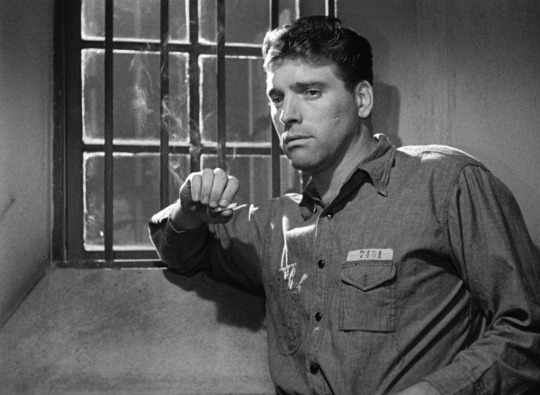


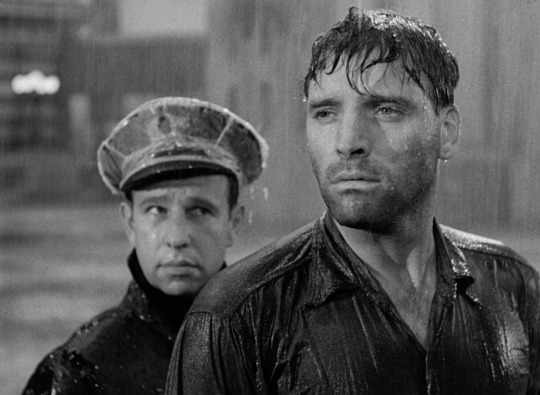

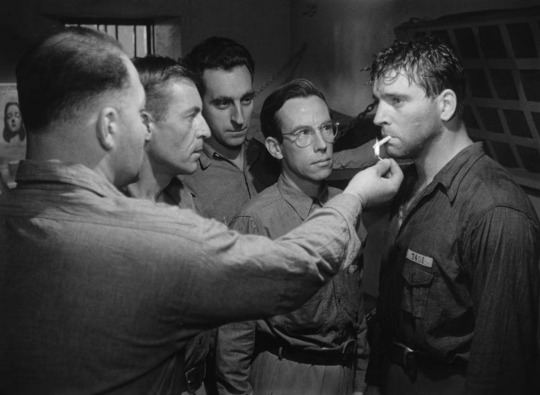




Brute Force (Jules Dassin, 1947)
#films watched in 2023#Brute force#Jules Dassin#Dassin#1947#black and white#film noir#Art Smith#noirvember#Burt Lancaster#prison#jail#smoke#hands#Hume Cronyn#Charles Bickford#Ella Raines#Yvonne De Carlo#drama#Richard Brooks
88 notes
·
View notes
Text

Charles Bickford, Robert Ryan, and Joan Bennett for Jean Renoir’s THE WOMAN ON THE BEACH (1947)
25 notes
·
View notes
Photo

(via Noirsville - the film noir: Noirsville Noir Images of the Week)
Linda Darnell and Charles Bickford - Fallen Angel (1945)
12 notes
·
View notes
Text

Agnes Moorehead-Charles Bickford "Belinda" (Johnny Belinda) 1948, de Jean Negulesco.
8 notes
·
View notes
Text
San Francisco Silent Film Festival 2024: exposure to the shadows of the past
I was looking for Yoda when I bumped into Eadweard Muybridge. These are the circles film history moves in. This year’s San Francisco Silent Film Festival, the 27th, took place in the grandeur of the theatre of the Palace of Fine Arts, an elegant neo-classical folly of gigantic proportions, built as a temporary attraction for the 1915 Panama-Pacific Exposition and then rebuilt in more permanent…

View On WordPress
#Charles Bickford#Clara Bow#Double-exposures#Eadweard Muybridge#featured#Gregory La Cava#Julien Duvivier#San Francisco#San Francisco Silent Film Festival#silent film#Victor Sjostrom#William Wyler
3 notes
·
View notes
Text
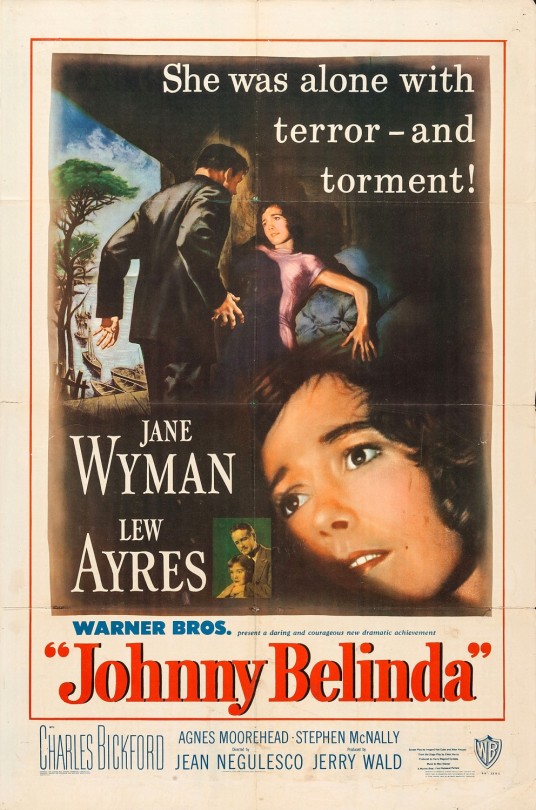
#Johnny Belinda#Jane Wyman#Lew Ayres#Charles Bickford#Agnes Moorehead#Stephen McNally#Jean Negulesco#1948
4 notes
·
View notes
Text
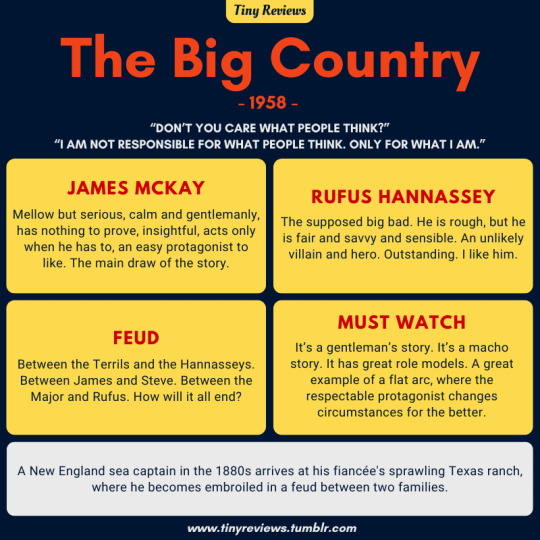
The 2nd oldest film I have reviewed to date. Great story. Great worldbuilding too. I like how Clem Maragon is mentioned, like there was a story before this story. MUST WATCH!
The Big Country is a 1958 American epic Western film directed by William Wyler, starring Gregory Peck, Jean Simmons, Carroll Baker, Charlton Heston, and Burl Ives, with Charles Bickford and Chuck Connors. Filmed in Technicolor and Technirama, the picture was based on the serialized magazine novel Ambush at Blanco Canyon by Donald Hamilton
#the big country#epic#western#gregory peck#jean simmons#carroll baker#charlton heston#burl ives#charles bickford#chuck connors#ambush at blanco canyon#donald hamilton#must watch#macho men#gentlemen#1958#movie review
5 notes
·
View notes
Text
youtube
BRUTE FORCE (1947)
Grade: B
Really good action film for 1947. It's film-noir, but for 1947, they had to have wide eyes while watching Burt Lancaster be an amazing lead. The composition was also classic golden age Hollywood, love the depth and camera movements.
#Brute Force#1947#Prison#Jail#Drama Films#Jules Dassin#Film Noir#Burt Lancaster#Crime Films#Hume Cronyn#Charles Bickford#Yvonne De Carlo#Ella Raines#Ann Blyth#Anita Colby#Sam Levene#Jeff Corey#John Hoyt#Roman Bohnen#Jack Overman#Sir Lancelot#Jay C. Flippen#James Bell#Warden#Youtube
4 notes
·
View notes
Photo


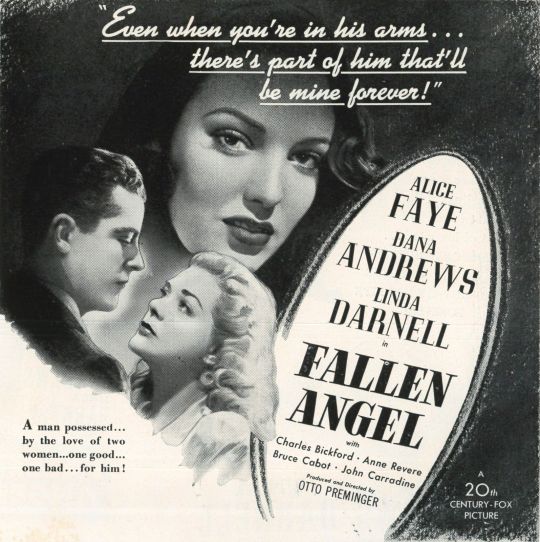

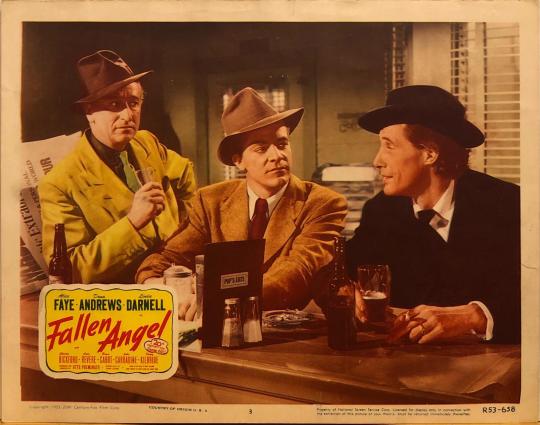
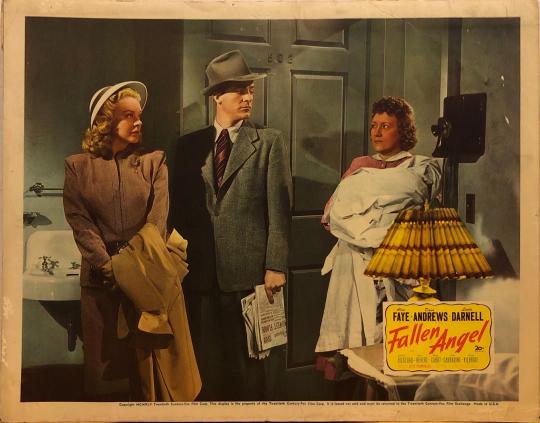
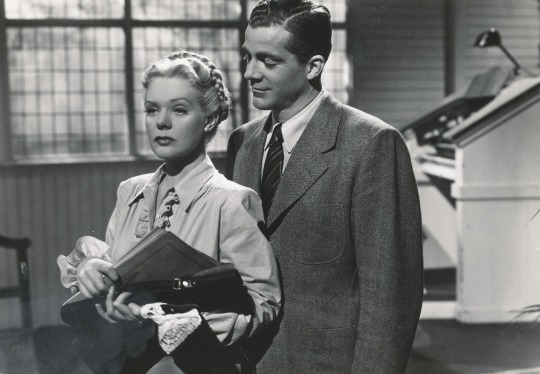
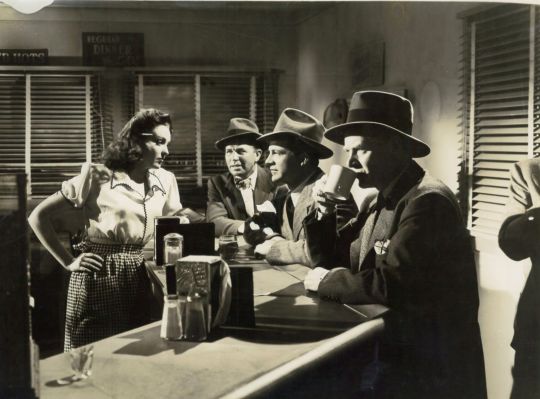

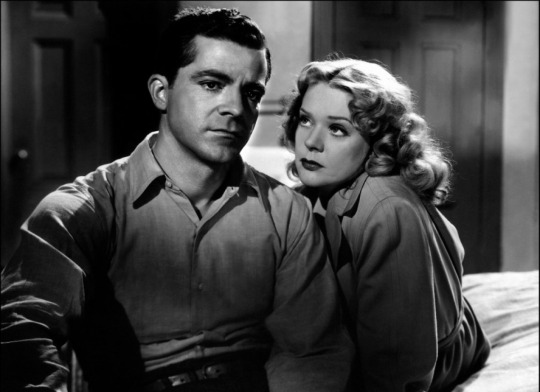
Fallen Angel (1945) Otto Preminger
December 9th 2022
#fallen angel#1945#otto preminger#dana andrews#alice faye#linda darnell#charles bickford#anne revere#percy kilbride#bruce cabot#john carradine#olin howland
20 notes
·
View notes
Text
Branded 1950
Alan Ladd
Director: Rudolph Mate


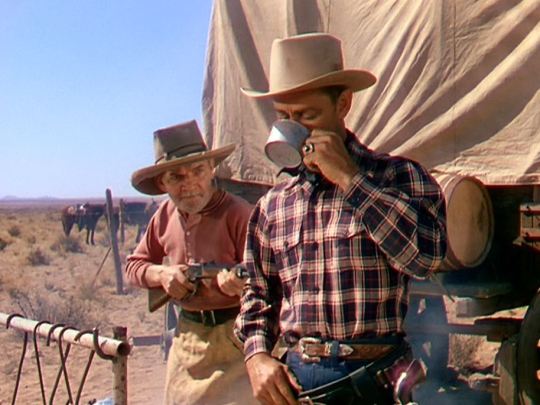

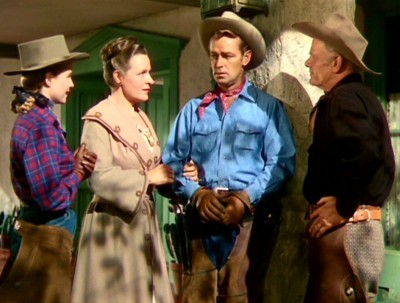





#Alan Ladd#Mona Freeman#Charles Bickford#Selena Royle#Robert Keith#Peter Hanson#Tom Tully#Joseph Calleia#Branded#1950
2 notes
·
View notes
Text
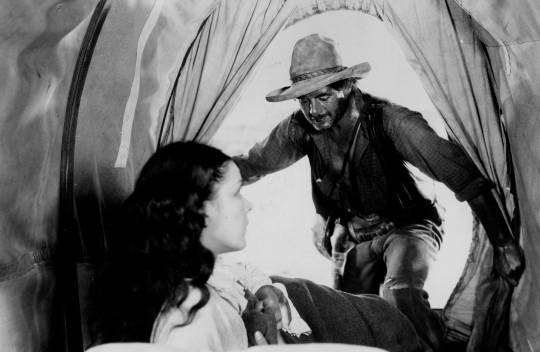
Charles Bickford as Bob Sangster and Fritzi Ridgeway as the helpless new mother in Hells Heroes (1929). This is Chuck's fifth honorable mention, after Little Miss Marker, Duel in the Sun, Johnny Belinda and Four Faces West.
4 notes
·
View notes
Text
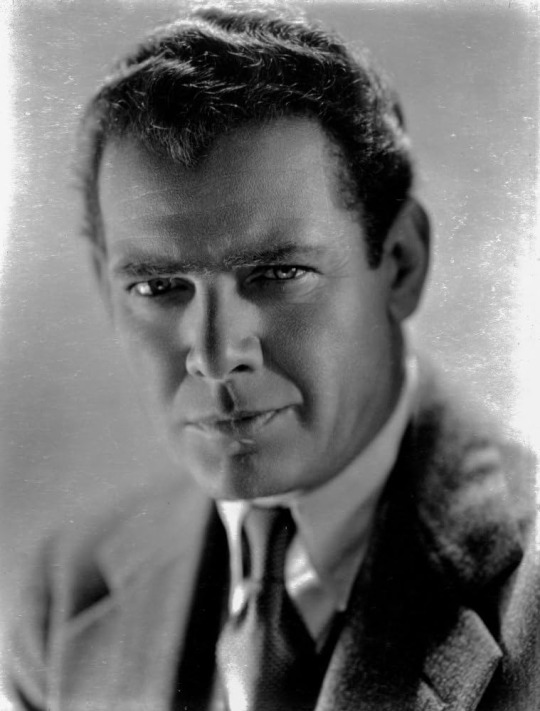
Remembering Charles Bickford on his birthday #botd
14 notes
·
View notes
Text
Riders Of Death Valley (1941 serial)
Caveat: For wholly irrational / nostalgic reasons, I love this serial so while I will try to analyze its strengths and weaknesses fairly, don’t expect me to be objective.
Riders Of Death Valley is one of the first serials I remember seeing -- indeed, one of the first things I ever saw on television. I know my parents purchased our first TV set no later than October 4, 1957 because I remember watching news about Sputnik on it. We lived in Rocky Mount, NC at the time and I watched afternoon cartoons and cowboy shows on Channel 5 out of Raleigh (the afternoon kid show host called himself Captain Five and used a submarine backdrop for his set). We moved to Barnardsville, NC (near Asheville) prior to my going to first grade in 1960, so my exposure to Riders Of Death Valley occurred sometime in that three year period.
It made quite an impression on young little Buzzy boy. Decades later I found myself surprised at how many scenes and set pieces I remembered accurately (not to mention my first exposure to Felix Mendelssohn's “Fingal’s Cave” movement from The Hebrides, which helped cement my lifelong love of classical music).
Called “the million dollar serial” at the time of its release (it wasn’t; the final budget was $460,000 which represented a hefty chunk o’change back in the day), Riders arguably has the most stellar -- and expensive --- cast of any serial if we go by B-movie standards.*
I’ll go on about the ecology of B-movies in a bit, but right now let’s just focus on Riders’ cast. These were major names in the B-Western genre and the B-Western genre is nothing to sneeze at; several times stars like Gene Autry and Roy Rogers made the top box office draw list even though appearing only in B-Westerns.
And man, if you’re familiar with the world of B-Westerns, you’ll recognize what a stellar cast this was for the day:
Dick Foran (Jim Benton) appeared in 163 movies and TV episodes, often as a supporting character in A-films but better known as a hero of B-movies including horror flicks and Abbott & Costello movies but most famously as one of several singing cowboys in the wake of Gene Autry and Roy Rogers.
Leo Carrillo (Pancho Lopez) is best known today for his role as Pancho on The Cisco Kid TV series but appeared in literally hundreds of films and TV episodes.
Buck Jones (Tombstone) found stardom in the silent era, being one of the most popular cowboy stars in the 1920s. When he balked at becoming a singing cowboy, his career stalled out in the early 1930s though he soon made a comeback with a series of successful B-Westerns. After completing Riders he went on to make nine (!) B-Westerns in the next twelve months, dying tragically in the infamous Coconut Grove fire while reportedly saving the lives of others.
Charles Bickford (Wolf Reade) played small parts in big pictures and big parts in small pictures, and was nominated three times for a best supporting actor Oscar.
Guinn "Big Boy" Williams (Borax Bill) appeared in over 220 movies and TV episodes in a career dating back to the silent era, starring in Westerns in the 1920s and early 30s but moving into amicable sidekick roles by the 1940s.
Lon Chaney, Jr. (Butch) is most famous for his roles in The Wolfman and other horror films, but he made Riders just two years after being nominated for a supporting Oscar in Of Mice And Men as well as appearing in numerous Westerns of the era.
Noah Beery, Jr. (Smokey) is best known today as TV’s Rockford Files dad, but he appeared in hundreds of films and TV episodes as well as starring in a few B-Westerns as an unconventional low key cowpoke. (By astonishing coincidence, he was recently married to Buck Jones’ daughter at the time of Riders filming.)
The rest of the cast includes such recognizable names as Glenn Strange (Frankenstein’s monster and Matt Dillion’s bartender), Roy Barcroft (Republic studio’s go-to guy for screen villainy, freelancing for Universal this time), Monte Blue (silent matinee idol now playing supporting roles), and in an early role, Rod Cameron (who in addition to playing an unnamed bad guy also doubled for Buck Jones…but more on that below).
Lest one think the testosterone levels are off the scale, there are two females in the serial: Jean Brooks played Mary Morgan, heir to a lost gold mine, and Ruth Rickaby as Kate, wife of one of the outlaws.
Of Rickaby, there is no biographical information; she made 21 movies between 1939 and 1961 but nothing else is known about her.
Of Brooks, a sad tale to tell. Though she made 41 films and serials, she’s best known as the suicidal devil worshipper in Val Lewton’s The Seventh Victim. Her early film career saw her using the names Jeanne Kelly (as in Riders) and Robina Duarte in Spanish language films (she was bilingual). Changing her name after marrying screenwriter Richard Brooks, she continued working until 1948 when alcoholism rendered her unemployable. She and Brooks divorced, she married twice after that (and apparently was married before Brooks but no information on that can be found), and eventually died of cirrhosis at age 47.
There’s a point to be gleaned in all that,
but I’ll leave it to others to do so.
Riders Of Death Valley was directed by Ford Beebe and Ray Taylor, two old hands at this sort of thing. Screenplay is by Basil Dickey, Sherman L. Lowe, Jack O'Donnell (as Jack Connell), and George H. Plympton off an original story by Oliver Drake. Of O’Donnell little can be gleaned; he apparently enjoyed a career in the 1920s as a successful playwright, did a few stories and screenplays for Hollywood, then ended his professional writing career with Riders, dying in 1965 at age 75.
The other four have screenplay and story credits in B-movies and serials -- particularly Westerns -- stretching into the hundreds. Dickey even wrote the great-grandma of them all, The Perils Of Pauline in 1914!
That being said -- and loving this serial as much as I do -- I gotta say, “It took five of you to come up with this?”
Because to be frightfully honest, this is a paper thin story, on par with comic book writing of the era. Everybody tends to speak in declarative sentences, the writing and characterization is too on the nose.
And ya know what? Who gives a rat’s patoot? The onscreen chemistry of Foran / Jones / Carillo / Williams is what makes this a delight. It’s not a Western, it’s four grown men playing cowboys & outlaws and they know they’re playing cowboys & outlaws and they know the kids in the audience know they know they’re just playing cowboys & outlaws but they’re telling the kids, “We want you to play along, too!”
Now do you understand why I love this serial?
I gotta say, for the most purportedly expensive serial Universal ever made, they sure spent their money in the right place with their casting. Yeah, you can pick this story to shreds easily, but why would you want to do that? It’s four guys and their friends having a good time playing cowboys & outlaws and they want you to have a good time watching them.
The serial was shot in Death Valley and the Alabama Hills in California, familiar territory to B-Western and B-sci-fi fans.
© Buzz Dixon
* There are actors who became famous and successful after making serials (John Wayne, Boris Karloff, and Lloyd Bridges to name three), there were actors who once topped box office popularity polls who sank to serial hack work (alas, poor Bela, we hardly knew ye), there were several regularly working character actors who appeared in everything from bit parts in A-pictures to staring rolls in serials (Lionel Atwill falls in this category), but the bulk of serial performers never rose higher than small parts in B-movies. They can’t all be winners, folks…
#Big Boy#serials#Westerns#B-Westerns#Riders Of Death Valley#Dick Foran#Leo Carrillo#Buck Jones#Charles Bickford#Guinn Williams#Lon Chaney Jr#Noah Beery Jr#Jean Brooks
0 notes
Text
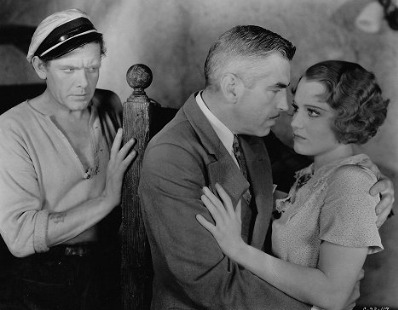
Charles Bickford-Alan Roscoe-Constance Cummings "The last man" 1932, de Howard Higgin.
4 notes
·
View notes
Text

Linda Darnell, Bruce Cabot, Dana Andrews, and Charles Bickford in Fallen Angel (Otto Preminger, 1945)
Cast: Dana Andrews, Alice Faye, Linda Darnell, Charles Bickford, Anne Revere, Bruce Cabot, John Carradine, Percy Kilbride. Screenplay: Harry Kleiner, based on a novel by Marty Holland. Cinematography: Joseph LaShelle. Art direction: Leland Fuller, Lyle R. Wheeler. Film editing: Harry Reynolds. Music: David Raksin.
Stuck with the inexpressive Alice Faye as his leading lady, Otto Preminger does wonders with the stranger-comes-to-town noir Fallen Angel. He plays it with only the slightest hint of a tongue in his cheek, taking its otherwise improbable turns of the plot with a straight face. It helps that he has a wicked counterpoint to Faye's blankness: Linda Darnell, as Stella, a waitress in a diner called -- what else? -- Pop's. It helps, too, that the stranger who comes to town is played by Dana Andrews with just enough charm and just enough sleaze to keep you guessing about what his character, Eric Stanton, will do next as the plot unfolds. Stanton arrives in a small coastal California town with not much more than a nickel for a cup of coffee at Pop's, and begins to plot how to con his way into some money. It just so happens that he hits town at the same time as another con man, Professor Madley (John Carradine), a spiritualist-seer. The Professor wants to put on one of his shows but has run into interference from the influential Clara Mills (Anne Revere), the spinster daughter of the late mayor of the town. Stanton wagers that he can win over Clara, which he does by wooing her pretty younger sister, June (Faye). (We have to take it on faith that he succeeds with June because Faye's expression is much the same after he wins her as it was before.) The upshot is that the Professor's show goes on, and Stanton makes enough from the deal to leave town. But he doesn't quite yet, because meanwhile he has hit it off for real with Stella. (Andrews and Darnell have genuine chemistry, which makes the lack of it in his scenes with Faye even more apparent.) And there's also the temptation presented by the fact that June has money and Stella doesn't, so he thinks up a scheme to got his hands on it and then leave town with Stella. No, it doesn't go as planned. In addition to Darnell and Andrews, there's a good performance from Charles Bickford as a retired cop who hangs out at Pop's and takes a key role in the plot when Stanton's scheme doesn't quite work out. Preminger gets fine support from cinematographer Joseph LaShelle, who had just won an Oscar for his work on Preminger's Laura (1944), which had also starred Andrews. Fallen Angel is no Laura, for sure, but it's better than it probably has any right to be.
1 note
·
View note